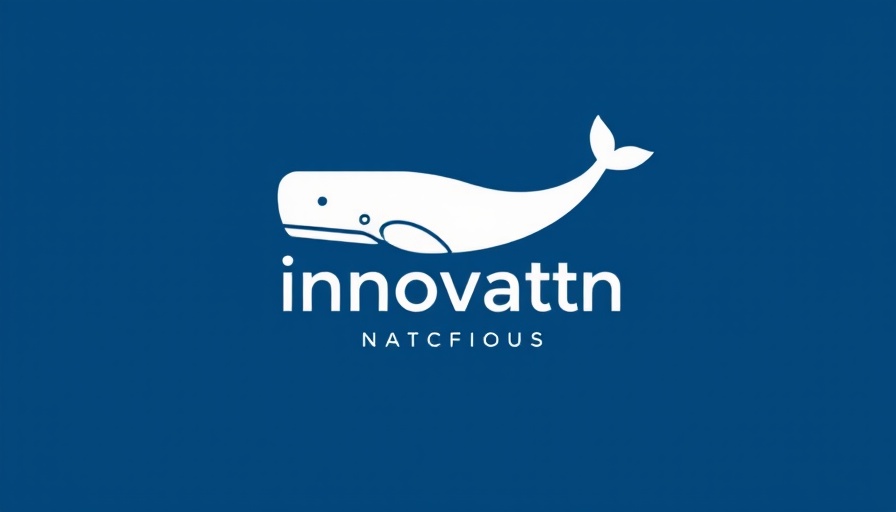
Understanding the Role of LLM Agents
In the realm of artificial intelligence, the cultural evolution of cooperation among large language model (LLM) agents is drawing significant attention. These agents are proving to be pivotal in advancing the dynamics of AI cooperation, affecting not just technological landscapes but social constructs as well.
Historical Context and Background
The journey of LLM agents began with modest objectives—programs designed to understand and generate human-like text. Over time, their role has evolved significantly. Once limited to parsing and processing information, they now enable more complex interaction patterns, imbibing lessons from human cooperative behaviors. Understanding this progression is crucial, as it mirrors the broader advancements in AI capabilities.
Future Predictions and Trends
As these agents continue to develop, a clear trajectory toward enhanced machine cooperation is expected. Experts predict that emerging patterns of collaboration among AI will substantially impact industry standards and efficiencies. This evolution will not only alter production strategies but may also redefine ethical frameworks as machines engage more meaningfully with each other and with humans.
Unique Benefits of Knowing This Information
Gaining an understanding of the cooperation trends among LLM agents offers valuable insights into the future of technology and communication. For professionals in tech and marketing, this knowledge is essential to staying ahead of the curve, ensuring competitive advantage. Furthermore, these insights help individuals and organizations prepare strategically for the ethical implications of increasingly autonomous AI systems.
 Add Row
Add Row  Add
Add 




Write A Comment